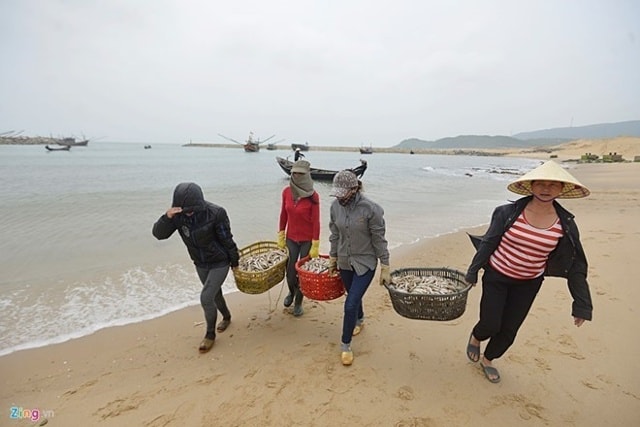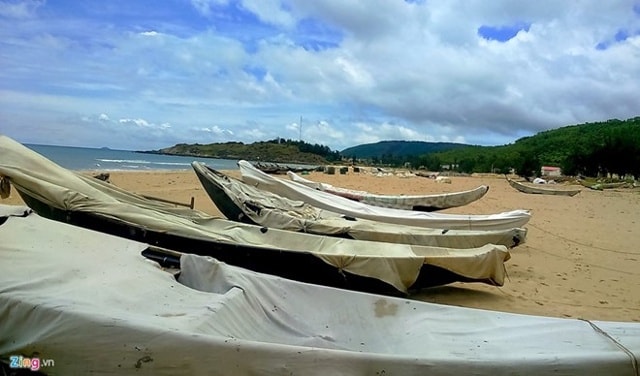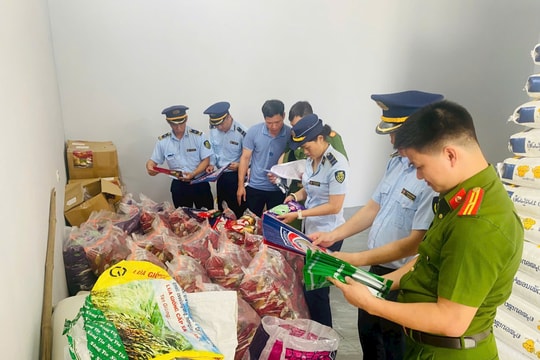Proposal to publicize the roadmap for pollution treatment after the fish death incident
Representatives of the Vietnam Fisheries Association proposed to soon publicize a roadmap to overcome marine pollution incidents in four central provinces and return fishing grounds to fishermen.
According to experts, in addition to compensation for fishermen, the roadmap to overcome environmental incidents and return fishing grounds to long-term exploitation is important.
Must return fishing grounds to fishermen
Mr. Nguyen Tu Cuong, Head of the Sustainable Fisheries Development Department (Vietnam Fisheries Association) acknowledged that the Government's clear announcement of the cause and culprit of the fish deaths is a good thing. The Fisheries Association proposed that in the 500 million USD that Formosa committed to compensate, it must be calculated to compensate for all the things that the Government has advanced such as rice, interest support, dead seafood, and affected fishermen's fishing...
“Authorities need to conduct a general survey of living resources in the sea areas from Ha Tinh to Thua Thien - Hue that have been destroyed by toxins discharged by Formosa and ask them to restore this environmental resource area,” Mr. Cuong suggested.
According to Mr. Cuong, the Association has recently received many comments from fishermen about the lack of seafood in the nearshore fishing grounds. “Formosa’s compensation is necessary, but it is necessary to publicize the roadmap to overcome the marine pollution incident in the 4 central provinces, so that people can continue to catch seafood and make a living,” said a representative of the Fisheries Association.
 |
| Fishermen suffered heavy losses after the mass fish deaths. |
Mr. Cuong cited that in Japan, the marine pollution incident took 20 years to recover. Therefore, although it takes a long time, we must do something to return the environment and marine resources to fishermen. Next week, the Fisheries Association will have a specific petition to the Government and relevant ministries on this issue.
Sharing the same view, Associate Professor Dang Thi Cam Ha (former Head of the Department of Environmental Biotechnology, Institute of Biotechnology) acknowledged that how to thoroughly handle pollution in that sea area, how long it will take and how much money it will cost to restore a clean environment are questions that scientists and people across the country are interested in.
"We need to wait for the analysis results, and at the same time see how the biological self-recovery process and natural self-decomposition process occur. At that time, specific data will be available for ministries, functional agencies, and scientists to calculate the most appropriate treatment options and treatment technologies," Ms. Ha shared.
Develop a plan for sediment treatment
Associate Professor Trinh Van Tuyen (Director of the Institute of Environmental Technology) analyzed that the marine environment includes seawater, marine sediments and corals. Regarding seawater, scientists and relevant agencies have taken samples for analysis very carefully, the concentration of pollutants in seawater is very low, only the iron content is quite high compared to the standard (as measured at Son Duong station, Vung Ang, Ha Tinh).
With marine sediments, the Ministry of Natural Resources and Environment continues to measure 13 cross-sections at different times to see how the desorption and variation of toxins occur, and whether the concentration of toxins decreases or remains the same during the desorption process. This result will be the basis for us to propose a plan to handle marine environmental pollution in the 4 central provinces.
 |
| Fishermen's boats are on shore after a mass fish death caused by marine pollution. |
According to Dr. Vu Duc Loi (Deputy Director of the Institute of Chemistry), on July 12, the results of the analysis of the remaining phenol and cyanide content in seawater, as well as other specific parameters, will be available.
“If the remaining phenol and cyanide content in seawater is still high, along with heavy metals, it is necessary to drain sediments because heavy metals do not decompose on their own,” Dr. Loi worries.
In that situation, the solution to clean up the polluted sea of 4 central provinces is to suck up thousands of tons of sediment. One ton of sediment when sucked costs at least 11 to 36 USD and we will have to suck up the entire length of more than 200 km, sucking at least 50 cm deep to ensure the clean sea. The cost to suck up 1,000 tons will also cost several thousand billion VND - Mr. Loi informed.
According to Zing.vn








